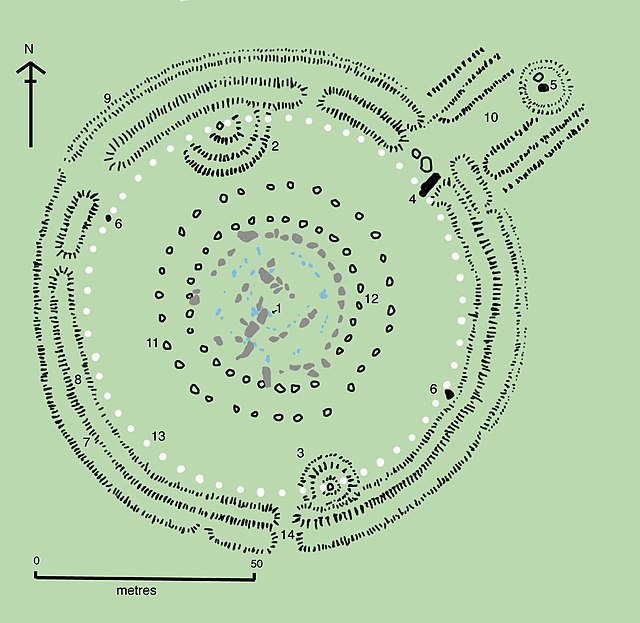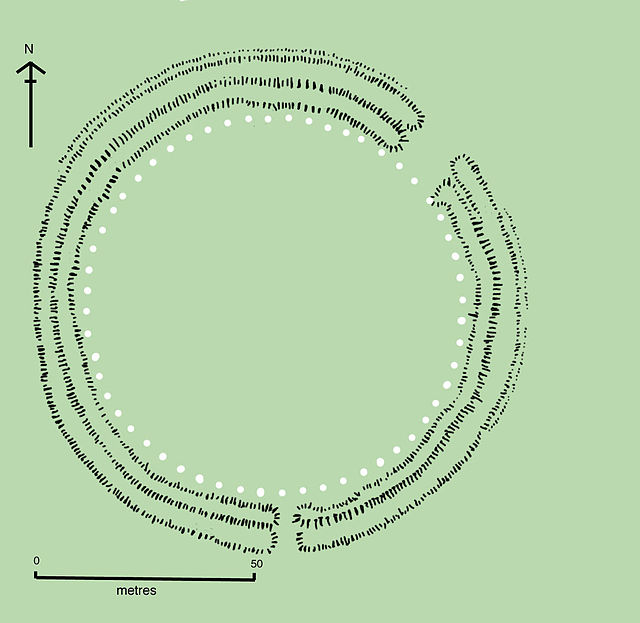English Heritage is a charity that manages over 400 historic monuments, buildings and places. These include prehistoric sites, medieval castles, Roman forts, and country houses.
English Heritage commemorative plaques conference, 2010. English Heritage began administering the London blue plaque scheme in 1986.
Stonehenge, one of English Heritage's most famous sites
Stonehenge visitor centre. Opened in December 2013, over 2 km (1.2 mi) west of the monument, just off the A360 road in Wiltshire.
Rembrandt: van Rijn
Stonehenge is a prehistoric megalithic structure on Salisbury Plain in Wiltshire, England, two miles (3 km) west of Amesbury. It consists of an outer ring of vertical sarsen standing stones, each around 13 feet (4.0 m) high, seven feet (2.1 m) wide, and weighing around 25 tons, topped by connecting horizontal lintel stones. Inside is a ring of smaller bluestones. Inside these are free-standing trilithons, two bulkier vertical sarsens joined by one lintel. The whole monument, now ruinous, is aligned towards the sunrise on the summer solstice and sunset on the winter solstice. The stones are set within earthworks in the middle of the densest complex of Neolithic and Bronze Age monuments in England, including several hundred tumuli.
Stonehenge in July 2007
Plan of Stonehenge in 2004. After Cleal et al. and Pitts. Italicised numbers in the text refer to the labels on this plan. Trilithon lintels omitted for clarity. Holes that no longer, or never, contained stones are shown as open circles. Stones visible today are shown coloured.
Stonehenge 1. After Cleal et al.
Graffiti on the sarsen stones include ancient carvings of a dagger and an axe.







